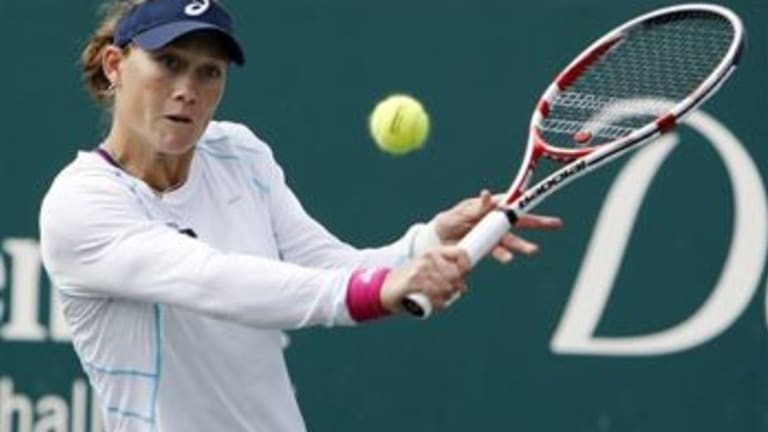So . . . did you know the clay season is starting? This is the last of the Crystal Balls, I promise. Here are the final four contenders and pretenders that I'll assess before we get down to it in Monte Carlo on Monday.
Clay Crystal Ball, Part IV
By Apr 13, 2012Madrid, Spain
China's Wang Xinyu saves 10 match points in first-round Madrid win over Viktoriya Tomova
By Apr 24, 2024Pop Culture
Review: Plenty to be excited about in TopSpin 2K25, which successfully recreates the joy (and frustration) of tennis
By Apr 24, 2024Madrid, Spain
Fabian Marozsan saves 11 set points, wins pair of Madrid tie-breaks to defeat Aslan Karatsev
By Apr 24, 2024Pop Culture
Coco Gauff dishes on 'embracing adulthood' in TIME magazine's May cover story
By Apr 24, 2024Pick of the Day
Roberto Carballes Baena vs. Dominik Koepfer, Madrid
By Apr 24, 2024Madrid, Spain
Caroline Wozniacki stumbles in clay comeback, exits Madrid in nostalgic Errani match
By Apr 24, 2024Madrid, Spain
Rafael Nadal says he is not 100% fit ahead of Madrid debut and unsure about playing Roland Garros
By Apr 24, 2024Line Calls
ATP Mutua Madrid Open Betting Preview
By Apr 24, 2024Madrid, Spain
Despite jet lag, Sloane Stephens keeps winning in Madrid with big goals for clay swing
By Apr 24, 2024Clay Crystal Ball, Part IV
Published Apr 13, 2012

© AP